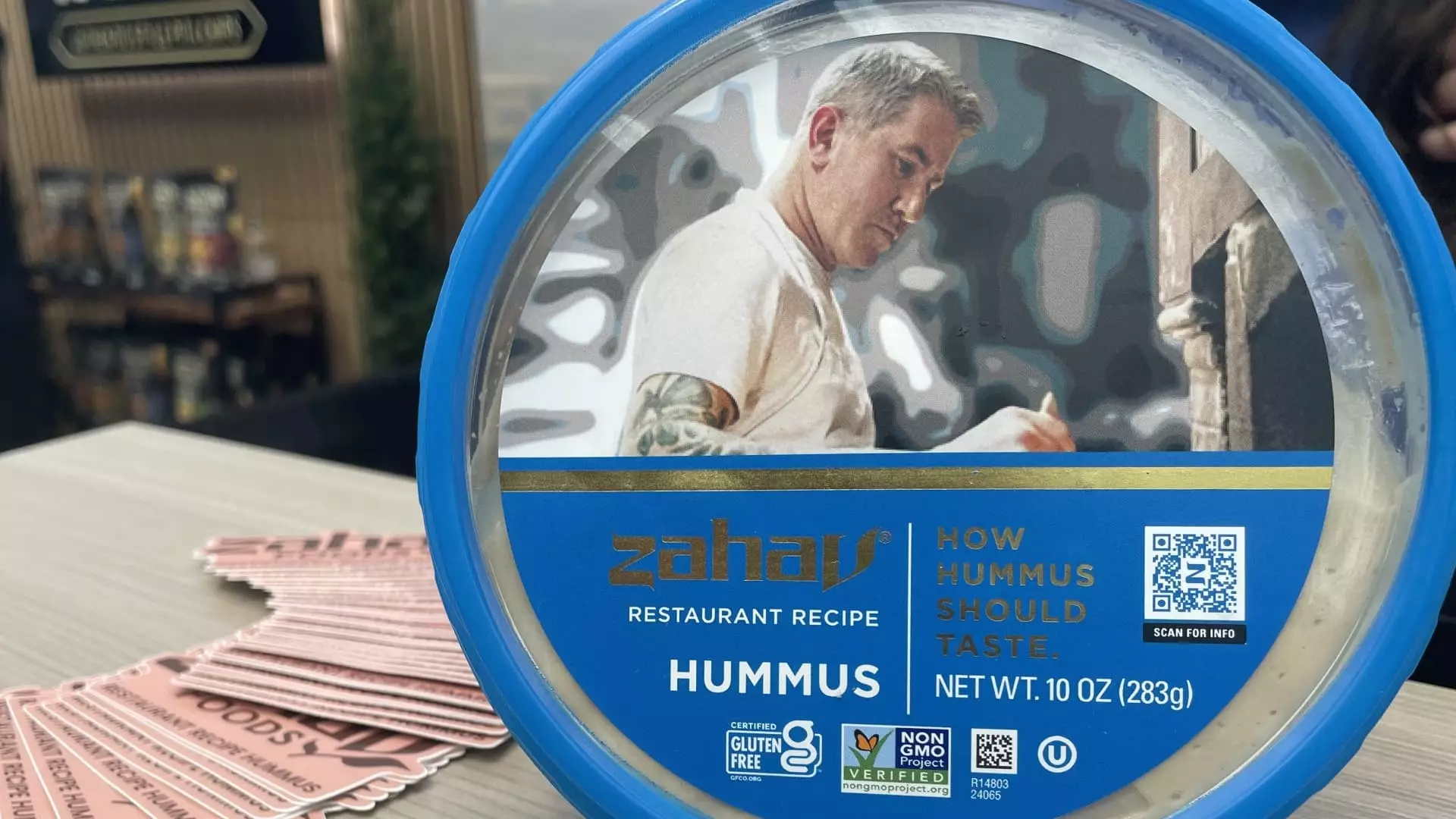Unveiling the Illusions of Food Trends: Why Mass Appeal May Be Leading Us Astray

In recent years, the rapid proliferation of culinary trends has created a bewildering landscape where innovation often borders on fleeting gimmickry. While food enthusiasts and industry insiders tout these trends as signs of progress, a critical eye reveals a pattern of superficial appeal, driven more by social media buzz than genuine cultural or nutritional advancement. The latest showcase of specialty foods displays a remarkable mixture of creative bravado and short-lived crazes, raising questions about the long-term impact of these developments on consumers and the broader food economy.
What’s startling is how many of these trends seem to chase ephemeral popularity rather than substantive value. The so-called “swicy” phenomenon—blending sweet and spicy flavors—has swept shelves and menus, yet it’s merely a flavor profile that’s easy to market rather than a meaningful culinary revolution. Similarly, the exaggerated hype around Dubai chocolate and other exotic ingredients often fizzles out after a fleeting moment of social media attention. These trends risk diluting the essential purpose of food: nourishment and cultural expression. Instead, they become marketing vehicles or platforms for gimmickry, often neglecting weightier issues like health, sustainability, and local sourcing.
Furthermore, the obsession with high-concept condiments and infusions—such as flavored olive oils or gourmet mustards—raises questions about authenticity. Are these products delivering genuine improvements or simply capitalizing on trends? The allure of infused oils like sherry-cask olive oil or harissa-flavored variants might appeal visually and to the Instagram crowd, but their nutritional and culinary value remains questionable. Meanwhile, the obsession with “craft” labels often complicates consumer choice, obscuring the line between quality and marketing fluff. When your pantry staples are reshaped into boutique products with inflated price tags, it’s worth asking if consumers are truly gaining better ingredients or just an illusion of exclusivity.
Of particular concern is the uneasy trajectory of plant-based foods. Once heralded as the future of sustainable eating, the number of options has diminished amid industry struggles. The narrative that these products are superior or necessary often masks the reality: many consumers still prefer traditional meat and dairy, and compelling taste remains a critical hurdle for plant-based food companies. Instead of focusing on real innovation—such as improving taste and texture—they sometimes rely on the vegan or vegetarian labels as marketing tools. That approach risks alienating mainstream consumers, who could otherwise be persuaded by products that seamlessly blend flavor and health without ideological baggage.
Perhaps most troubling is the commercialization of passion projects—what used to be about craft and tradition now often becomes something more akin to branding. Chefs who once prioritized artisanal quality now adapt to the mass-market mentality, selling “homemade” sauces or condiments that are more corporate than culinary. The pandemic accelerated this trend as a response to consumer demand for authentic, restaurant-quality flavors at home. Yet, the depth of culinary artistry is often sacrificed for convenience and trendiness. The honest chef’s craftsmanship risks being overshadowed by branded hype, undermining the true purpose of food as a cultural and community cornerstone.
The Danger of Short-lived Trends and Market Volatility
The culinary industry’s obsession with novelty—or worse, fleeting trends—poses significant risks. When a product like Dubai chocolate, for instance, quickly appears on social media and grocery shelves, only to vanish the next year, it underscores a pattern of chasing after what’s hot rather than what’s meaningful. This cyclical carousel leads to wasted resources, consumer confusion, and a landscape cluttered with overhyped products that serve marketing drivers more than actual culinary or nutritional needs.
The fixation on “innovating” condiments exemplifies this phenomenon. Mighty attempts to jazz up mustard, hot honey, or ketchup often result in superficial differentiation that quickly loses relevance. The market becomes flooded with overpriced, boundary-pushing products that lack durability or cultural significance. Consumers are left questioning whether these inventions are genuinely better or just a fleeting moment of fascination that, ultimately, adds little value.
The decline of plant-based food booths at the show signals a sobering truth: not every trend is sustainable or scalable. What seemed promising during the pandemic’s early days now appears less compelling. It exposes the superficiality of certain “healthier” claims and reveals a disconnect between industry hype and consumer habits. When flavor continues to be paramount, and taste edges out ideology, plant-based foods must prove their worth beyond mere branding if they want to survive long term.
The Role of Market Realism and Conservative Optimism
From a pragmatic, center-right perspective, the current food trend landscape should invoke caution rather than unbridled enthusiasm. While innovation and creativity are vital, they should not come at the expense of real value—be it quality, sustainability, or respect for tradition. Overhyped trends that promise revolutionary change often distract from the gains that come from balanced innovation rooted in consumer trust and proven effectiveness.
The emphasis on luxury ingredients and gourmet touches, such as infused olive oils or specialty mustards, can serve niche markets well, but they must not obscure the importance of accessible, honest food. Consumers are increasingly savvy—they want transparency, reliability, and value. Market distortions driven by trend-chasing risk undermining these fundamentals, creating an environment where quality is secondary to hype.
Moreover, the recent fascination with beef tallow and “heritage” fats—pushed by politicians and entrepreneurs seeking to revive traditional animal fats—carries dangers of misinformation and health misconceptions. Market forces should prioritize scientific consensus over politicized narratives. Food choices should be guided by objective nutritional science, not ideological agendas or populist appeals to nostalgia.
In essence, the current trajectory of food trends reveals a split: a handful of genuine innovation that respects tradition and promotes health, versus a sea of superficial gimmickry that largely seeks to capitalize on fleeting social media moments. It’s crucial for consumers and industry leaders alike to exercise discernment, valuing substance over spectacle, and ensuring that the food revolution remains rooted in integrity, not illusions.





